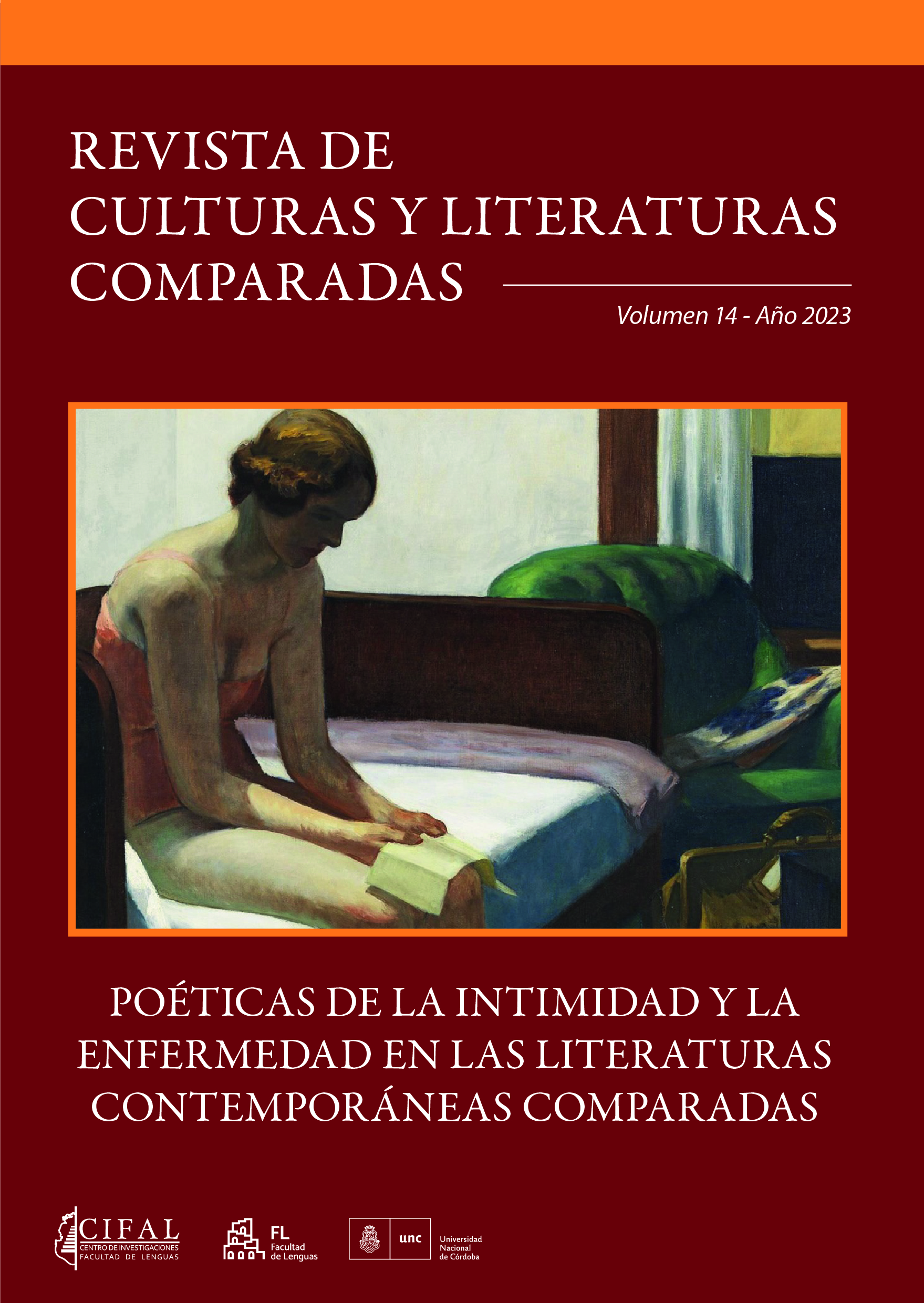Tiny Tim on the big screen. The representation of disability in three adaptations of A Chistmas Carol in the post-World War II period
Keywords:
Charles Dickens, A Christmas Carol, film adaptation, disability, affect studiesAbstract
This paper focuses on the character of Tiny Tim in Charles Dickens’s A Christmas Carol to examine how he was represented in three films made in the postwar period: the British Scrooge (1951), the Spanish Leyenda de Navidad (1947) and the Italian Non è mai troppo tardi (1953). Adopting the double perspective of disability studies (to consider the representation of infirmity) and affect studies (to assess the interaction between the characters, or “in-between-ness”), the analysis aims to throw light on the disability stereotypes which typically emerge in film adaptations of the novel.
Downloads
References
Brewer, Fe. “Innocence and Ignorance: Concepts of Childhood Reflected in Charles Dickens’ A Christmas Carol”. CLiC Fiction Blog. (8 Aug. 2022). Web. 19 March 2023.
Christol, Florent. “Screening A Christmas Carol (Dickens, 1843): Adaptation as Completion”. Cahiers victoriens et édouardiens. 82 (2015): 1-30. Web. 19 March 2023.
Cunningham, Valentine. “Dickens and Christianity”. A Companion to Charles Dickens. Ed. David Paroissien. Hoboken, New Jersey: Wiley-Blackwell Publishing, 2008. 255-276.
Davis, Paul. “Literary History: Retelling A Christmas Carol: Text and Culture-Text”. The American Scholar, 59, 1 (1990): 109-15.
Dickens, Charles. A Christmas Carol. 1843. New York: Cambridge University Press, 2013.
Forster, John. The Life of Charles Dickens. Vol. 1. E-book ed., Cambridge: Cambridge University Press, 2011. Kindle.
Gregg, Melissa, and Gregory J. Seigworth, editors. The Affect Theory Reader. Durham and London: Duke University Press, 2010.
Guida, Fred. A Christmas Carol and its Adaptations: A Critical Examination of Dickens’s Story and Its Productions on Screen and Television. Jefferson, North Carolina and London: McFarland, 2000.
---. “Scrooge Lives!”. TV Guide. (25 Nov. 2000): 30-6.
Hind-Portley, Mary. “A Christmas Carol: A secular or religious text?” CLiC Fiction Blog. (9 June 2020). Web. 19 March 2023.
Mahlberg, Michaela, Stockwell, Peter, Wiegand, Viola and Lentin, Jamie. CLiC: Corpus Linguistics in Context. Web. 19 March 2023.
Norden, Martin F. “Tiny Tim on Screen: a Disability Studies Perspective.” Dickens on Screen. Ed. John Glavin. Cambridge: Cambridge University Press, 2003. 188-198.
Pfeiffer, Lee. “A Christmas Carol”. Encyclopedia Britannica. Web. 19 March 2023.
Spinoza, Benedetto. Etica. Translated by Gaetano Durante, 2001, E-book ed., Firenze: Giunti Editore/Bompiani, 2019. Kindle.
Stothers, William G. “Bah, Humbug: I Hate Tiny Tim.” San Diego Union-Tribune. 23 (Dec. 1993): B9.
Tomalin, Claire. Charles Dickens: A Life. E-book ed., London: Penguin Books, 2011. Kindle.
Wolfson, Kim, and Martin F. Norden. “Film Images of People with Disabilities”. Handbook of Communication and People with Disabilities: Research and Application. Ed. Dawn Braithwaite and Teresa Thompson. Mahwah: Lawrence Erlbaum, 2000. 289-305.
Downloads
Published
How to Cite
Issue
Section
License

This work is licensed under a Creative Commons Attribution-NonCommercial-NoDerivatives 4.0 International License.
Aquellos/as autores/as que tengan publicaciones con esta revista, aceptan los términos siguientes:
a) Los/as autores/as conservarán sus derechos de autor y garantizarán a la revista el derecho de primera publicación de su obra, el cual estará simultáneamente sujeto a la Licencia de reconocimiento de Creative Commons.
b) La cesión de derechos no exclusivos implica que la publicación de los artículos en la presente revista no quita la posibilidad o el derecho al autor/a de publicar su obra de manera posterior en otras revistas u órganos editoriales y la autorización por parte de los/as autores/as para que el trabajo sea depositado en los repositorios institucionales, tales como el Portal de Revistas de la Universidad Nacional de Córdoba.



